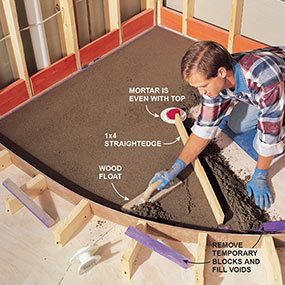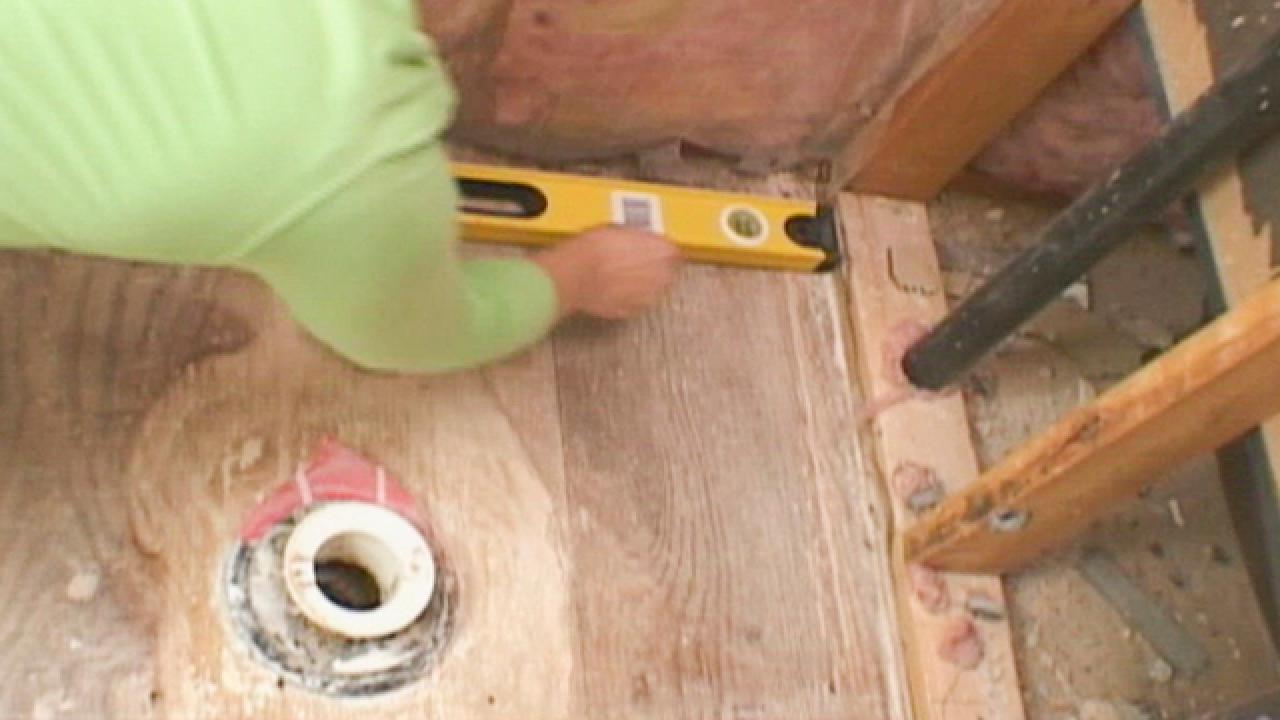The writer is making a few good pointers about How to Choose the Best Drain for Your Shower overall in this article on the next paragraphs.

Upgrading a bathroom is just one of the extra popular residence enhancement projects. Managing the plumbing for draining your shower can be exceptionally basic unless you go overboard.
Handling Your Own Shower Drainpipe Installment Job
Whether you are a bath tub or shower person, the majority of people seek shower just options when getting a house. This simple fact indicates greater than a couple of homeowners invest a weekend break updating or setting up showers in their shower rooms. Luckily for you, it is a relatively easy process.
A collector or frying pan refers to the straight surface area located at the end of the shower. The collection agency generally contains a non-slip surface area slightly banked in the direction of the center or any place the drain lies. Combined with 3 to four inch walls around the side, the objective of your shower drainage plumbing is to obtain the water to flow to as well as away.
You can physically develop an enthusiast for your new shower, however you actually need to consider it. Do you really intend to enter the difficulties of obtaining the sloping correct, in addition to seeing to it every element of it is waterproof? And also I indicate every facet! It is a lot easier to merely acquire a pre-cast collector online or at your neighborhood Lowes, Home Depot or equipment shop. Building one might seem like a terrific idea, but you will possibly feel differently after a couple of hours.
No matter how you deal with obtaining a frying pan, you need to strive to use one that has the drainpipe located in the very same area as the original frying pan. Moving the drainpipe pipes can be a task, particularly if the building contractor utilized a distinct framework structure. If you are figured out to move the drain, you are mosting likely to need to cut back the pipeline or extend it, which may imply destroying huge chunks of the floor. Put another way, you are mosting likely to be looking at a numerous weekend break project.
Assuming we have our drain lined up, the actual attach is rather straightforward. The water drainage pipeline need to be facing upright approximately the collector. It will frequently look like a "U", which means it acts as a cleanout to keep unpleasant scents from coming back up from the drain. To attach the drainpipe, you are going to develop a water limited connection in between a drainpipe cap on the top of the pan and also the drain pipe. Equipments vary, but you are commonly going to do this by placing a coupling item on the top of the drain pipeline. This is then covered with gaskets and also actually screwed right into the drain cap. The drainpipe cap should function as a locknut, to wit, it screws straight onto the combining.
The tricky part of this procedure is getting your drain cap to match a leak-proof position in the frying pan. This is accomplished by withdrawing the drain cap when you make sure everything fits together. At that point, you put plumbers putty around the bottom of the cap and after that screw it back on. The putty must create a tight seal in between the cap and the shower frying pan, which maintains water from trickling under it and into the framing under the shower.
Clearly, bathroom showers come in a wide array of designs nowadays. If you buy a collector, they almost always come with plumbing instructions or the shop can keep in mind anything unusual you ought to understand. It seems complex, but is typically rather direct. Have a good time!
How to Replace a Shower Drain
When Replacing a Shower Drain is Necessary
If you see water damage in the drywall in the ceiling below the shower If your old shower drain is showing signs of corrosion If you want to replace your shower pan or base How to Replace a Shower Drain
When a bathtub drain links, it’s normally possible to make the repair from inside the bathtub. Shower drains, however, are constructed differently. To correctly repair a shower drain, you typically need to either cut into the ceiling below the shower or shimmy into the crawlspace under the bathroom depending on where the shower is located. Here’s how to change a shower drain in 8 steps.
Cut into the drywall underneath your shower
o begin work on your shower drain, turn off all circuit breakers that control the lights and outlets in the bathroom you’re working on. Wearing a headlamp for light optimizes safety until you feel confident you know where all the wires are located.
Replacing a shower drain isn’t an impossible job, but it can present some challenges (especially if you’re inexperienced in plumbing projects). If you want to complete this task on your own, then it’s certainly possible. Follow this guide on how to change a shower drain.
When Replacing a Shower Drain is Necessary
How do you know when you should replace your shower drain? Here are some telltale signs.
If you see water damage in the drywall in the ceiling below the shower
If your old shower drain is showing signs of corrosion
If you want to replace your shower pan or base
The guide will help prepare you for the issues you may face during the process of replacing a shower drain.
How to Replace a Shower Drain
When a bathtub drain links, it’s normally possible to make the repair from inside the bathtub. Shower drains, however, are constructed differently. To correctly repair a shower drain, you typically need to either cut into the ceiling below the shower or shimmy into the crawlspace under the bathroom depending on where the shower is located. Here’s how to change a shower drain in 8 steps.
1. Cut into the drywall underneath your shower
To begin work on your shower drain, turn off all circuit breakers that control the lights and outlets in the bathroom you’re working on. Wearing a headlamp for light optimizes safety until you feel confident you know where all the wires are located.
Next, make a rectangular hole in the drywall underneath your shower with a drywall saw and utility knife. Be cautious of any other pipes or wires that may be in the ceiling as well. Continue your cut as far as the ceiling joists on either side. Then, cut down the middle of the joists to provide a backing for the new drywall. Make sure the hole is rectangular as this shape will be easier to patch than any other.
The section should also be large enough to allow you to disassemble your drain. If your shower drain has been leaking, the best place to cut is where the drywall is soggy, or water is dripping. Cut away all the water-damaged and moldy drywall.
Disassemble the interior shower drain
This portion of the process is complex and requires several mechanical steps to begin disassembling the portion of the drain inside the shower.
First, wedge a flat-head screwdriver under the drain strainer and pry it up. Next, remove the strainer so the locknut and gasket inside the drain flange are exposed. You’ll see that the locknut has several crowns. Put a screwdriver against one of the crowns and tap the screwdriver with a hammer to turn the nut clockwise. Then, keep tapping until you’re able to turn the nut by hand. Unscrew the crown and remove it. Finish prying out the rubber gasket underneath it with the screwdriver.
Remove the drain locknut from beneath the shower
Return to the space beneath the shower (either the ceiling or the crawl space) and locate the locknut holding the drain to the shower pan. If space is available, you can use wide-jaw pliers to loosen it. However, if space is limited, then use the same technique described above (i.e., tapping one of its crowns counterclockwise with a screwdriver and hammer until the nut is loose enough to turn by hand).
Prepare the waste pipe for a new drain
Before attaching the new drain, wipe the rim of the waste pipe off with a rag. You want to make sure it’s clear of any stray putty or debris before sliding on the locknut, then the fiber gasket, and finally the rubber gasket for the new drain.
To attach these new fixtures, you’ll likely have to pull the pipe away from the drain opening. Once you’ve done this, make sure you return the drain to its original position.
Install a new drain flange
Before installing a new drain flange, wipe away old plumbers’ putty and check the shower floor around the drain opening. If cracks are present, you may need to install a new shower pan before continuing.
If no cracks are present, continue by packing the underside of the rim of the new shower drain flange with plumbers’ putty. Do this by rolling the putty into a rope and winding the rope around the flange. Then, flatten it with your fingers.
https://copperlab.com/blogs/guides/how-to-replace-shower-drain

As an enthusiastic person who reads on How to Install or Replace a Shower Drain, I imagined sharing that excerpt was essential. Sharing is nice. You won't know, you may be helping someone out. I praise you for your time. Don't forget to check up our website back soon.